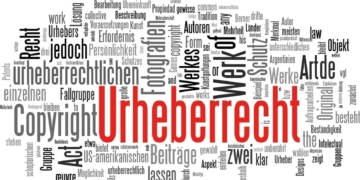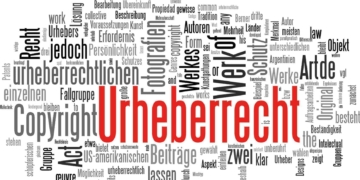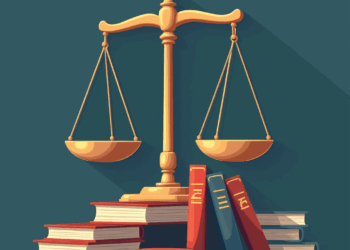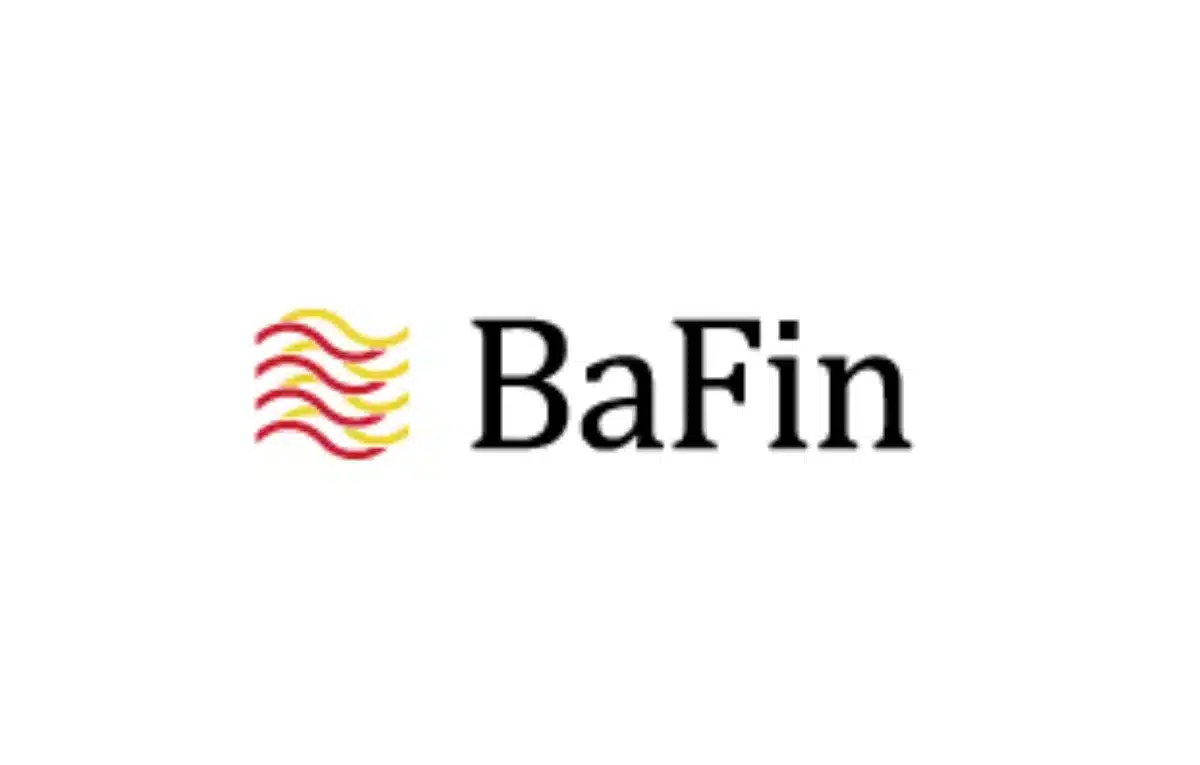The following article was originally written by Andrea Rizzi from www.insightlegal.it and will be published here in German and in an adapted version after agreement by me.
The Italian courts have recently demonstrated their willingness to enforce the Italian regime, which requires that any reproduction of Italian ‘cultural assets’ (as defined in the Italian Code of Cultural Property – i.e. palaces, domes, etc. cultural interest) is subject to prior authorisation by the competent public authority managing the property in question.
In two cases, they have recently issued injunctions prohibiting the use of unauthorised reproductions of cultural goods and have awarded damages to companies whose “assets” have been reproduced without authorisation.
In particular, in June 2017, the competent court in Florence issued an injunction requiring the use and distribution of a travel agent’s marketing materials, including (unauthorized) images of Michelangelo’s ‘David’ and the gallery in Florence, where the statue is located (e.g. the Galleria dell’Accademia).
In September 2017, the Palermo Court was then asked to rule in a similar case relating to the (unauthorised) use of images of the Teatro Massimo in Palermo by a private bank as part of its advertising campaign. The Palermo court ruled that the owner of the theatre would receive compensation.
To the extent that it is foreseen that a realistic Italian venue or other “cultural asset” can be reproduced and incorporated into a game and/or related marketing/PR material, it would be advisable to contact the competent authority. to authorise such reproduction in order to avoid being regarded as a breach of the Italian Cultural Property Code, which could lead to an injunction and/or compensation under general rules, the undertakings manage the property in question, entitles you to receive part of the proceeds from the use of the reproductions.
WHAT IS CONSIDERED A “CULTURAL ASSET”?
“Cultural goods” are defined in Italy as assets that (i) belong to a public body or a non-profit private legal entity; (ii) were built or manufactured at least seventy years ago; (iii) comes from a creator who has already died.
Cultural goods are then subject to ex-post examination by the Ministry of Cultural Property (i.e. whether or not a particular asset is considered a “cultural asset”). Any other asset that does not meet the above requirements can nevertheless be declared a ‘cultural asset’ by decision of the Ministry of Cultural Heritage.
WHAT IS THE PROCEDURE FOR OBTAINING A PERMIT?
Unfortunately, there is no standardized process in Italy and each ‘cultural asset’ must be considered on its own and clarified with the competent authority, which can decide, to a large extent, at its own discretion whether to grant the authorization.
WHAT IS THE COST OF A PERMIT?
The law lays down general rules for calculating the license fees for the most common reproductions of a “cultural asset” (e.g. traditional audiovisual works or images). Those rules provide that the authorities shall be entitled to a fixed fee and also to part of the revenue generated by the use of the reproduction of the ‘cultural asset’ in question, unless they have laid down their own rules or expressly agreed otherwise.
Few authorities have introduced their own tariffs. This means that in most cases, to avoid the application of the unfavorable general rules (which provide for a standard revenue sharing transaction), the fee should be specifically negotiated and agreed with the competent authorities. In the experience of Mr Adrea Rizzi, the authorities are generally open to ‘one-off payments’ if they are contacted before using the reproduction.
WHAT ARE THE RISKS OF DUPLICATING A “CULTURAL ASSET” WITHOUT APPROPRIATE AUTHORIZATION?
If it is found that someone is in breach of the Code of Cultural Heritage and has claimed to have used the reproduction of a particular good without authorization, the competent authority or the Ministry of Cultural Heritage itself may take legal action:
It is possible to
a. obtain an injunction requiring the continued use or distribution of the material, including unauthorized reproduction; and / or
b. to claim compensation which may include a fixed fee per asset, but also part of the proceeds from the use of the image of each asset reproduced without authorization under the above general rules.


















